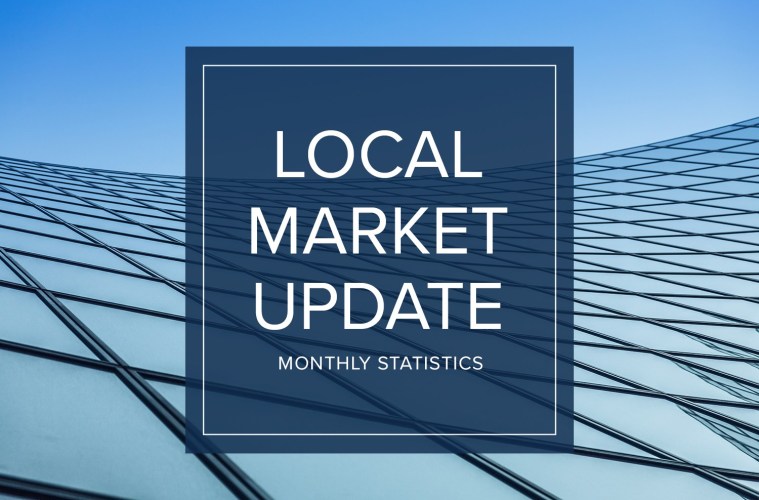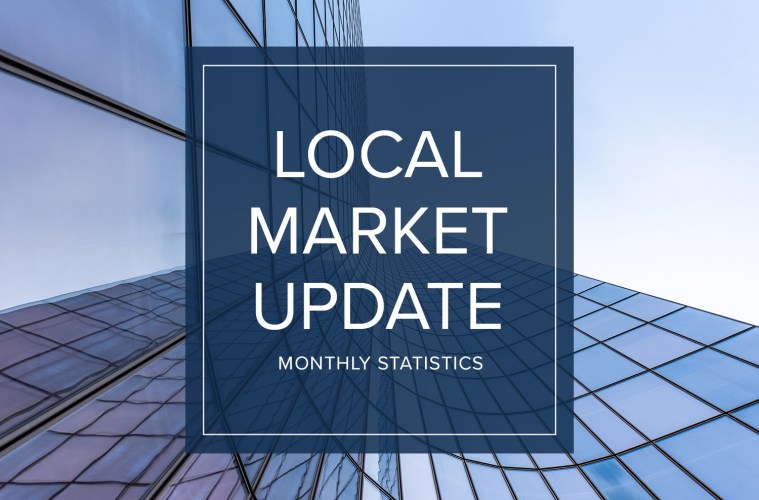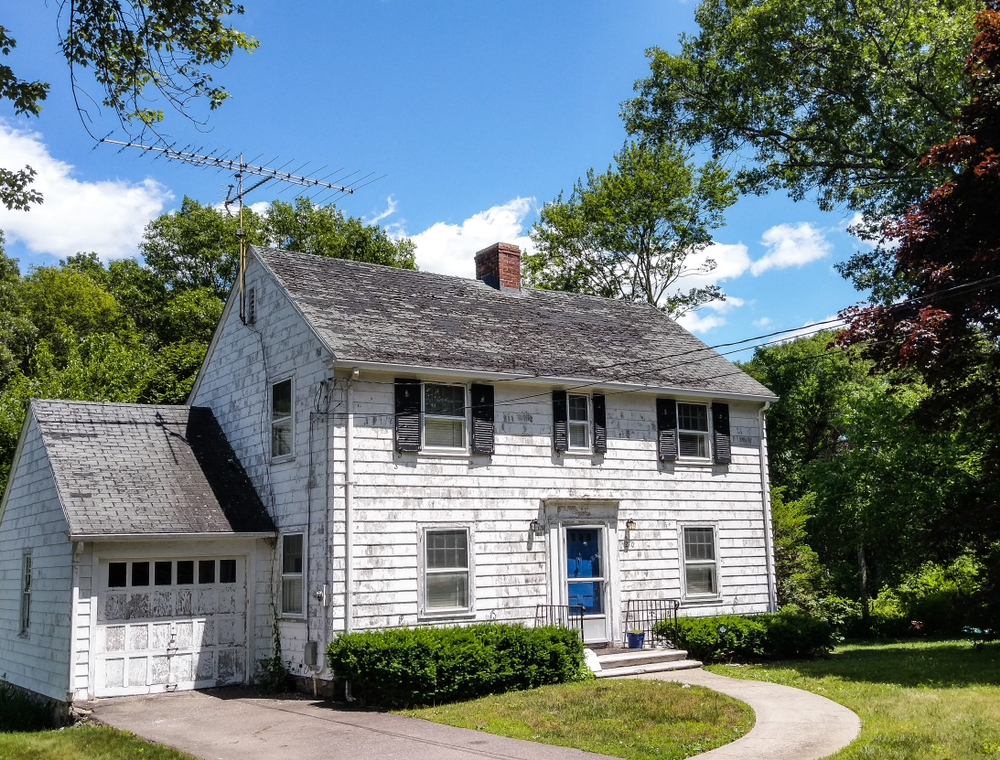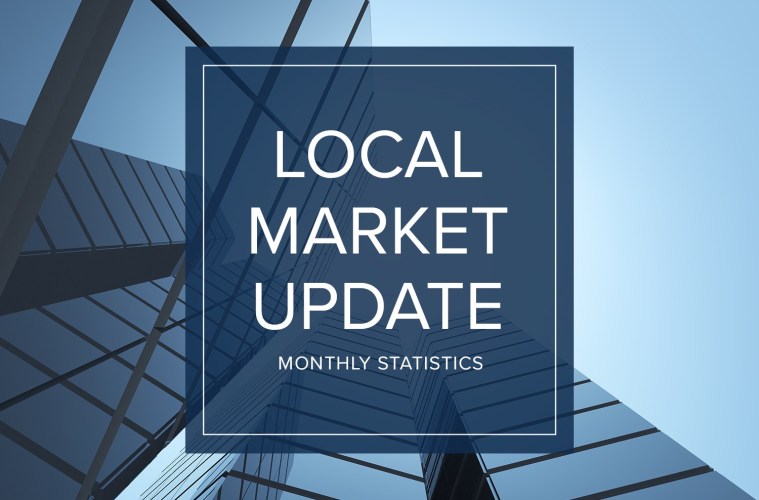
Image sources: House, Townhouse, Condo: Canva — Question marks: Shutterstock
Deciding between a house, townhouse, and condominium can be a difficult process. Knowing how their characteristics align with your life and goals as a homeowner will help guide you to the right choice.
- Detached houses offer the most freedom and privacy of the three housing options. They provide the opportunity to personalize your home as desired, without rules from a governing body like HOA. Houses don’t share walls like townhouses or condos, and typically offer larger outdoor spaces as well.
- Situated on their own lots, owning a house leaves the responsibility of maintaining and improving the structure and accompanying land to the homeowner. Between a down payment, closing costs, and other homeowner fees, the upfront costs of owning a house can be significantly higher than a townhouse or a condominium.
- A townhouse is typically a narrow, multileveled structure connected to others in a row or block, typically with a small parcel of property in front of or behind the home. Somewhere between a house and condo, townhouses may be the best of both of worlds for some homeowners.
- Like a house, townhouse owners are responsible for exterior (roof and siding) maintenance and repair. Most townhouses tend to have a small footprint and modern upgrades, with lower HOA fees than condos due to a lesser focus on shared amenities.
- Condominiums are divided, individually owned units of a larger structure. Due to their smaller size and because they come with no land, condos are typically less expensive than a townhouse or a house. However, HOA fees combined with a monthly mortgage payment can increase the cost of condominium living, depending on the amenities offered in a building. Unique to condo ownership, the exterior of the units is considered a common area with ownership shared among the condo owners in the building.
- As a condo owner, you are only responsible for the inside of your unit. With this decreased maintenance comes less exclusivity and privacy. Condo owners live in close proximity and typically share amenities like gym and pool access, laundry, and other facilities.
- For homeowners looking at their property as an investment in their financial future, houses are a strong choice. Houses allow homeowners to plan long-term with the knowledge that their home will build equity over time.
- If you are planning on putting down roots and starting a family, houses provide the best opportunity to grow into your future and are better suited to handle significant life changes.
- For people looking for more space than a condo but are not quite ready to make the jump to a single-family home, townhouses are the perfect fit. They present a great steppingstone for first time home buyers or buyers who simply don’t want the responsibility of taking care of a larger, standalone home and yard.
- Townhouses are often located in residential neighborhoods. They are fitting for those looking to graduate from rented dwellings in city centers or metropolitan areas yet maintain greater ownership flexibility than a single-family house.
- Condominiums appeal strongly to homeowners looking for a low-maintenance residence, with access to shared amenities amongst a community. Condos are usually found in denser areas closer to downtown centers, shopping, and entertainment.
- They are a better fit for buyers seeking metropolitan surroundings than a detached home, which is typically found in a more suburban or rural environment. Given their proximity to city/town centers and mass transit, condos present the opportunity of a shorter commute for those who work in downtown areas.
After all the research, do what feels right. Whether it’s a house, townhouse, or a condo, reach out to me anytime. I can help find the best option for you and your future.
 Facebook
Facebook
 X
X
 Pinterest
Pinterest
 Copy Link
Copy Link



























